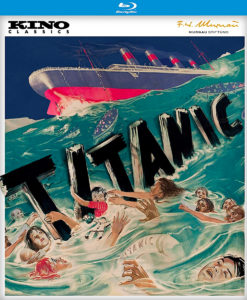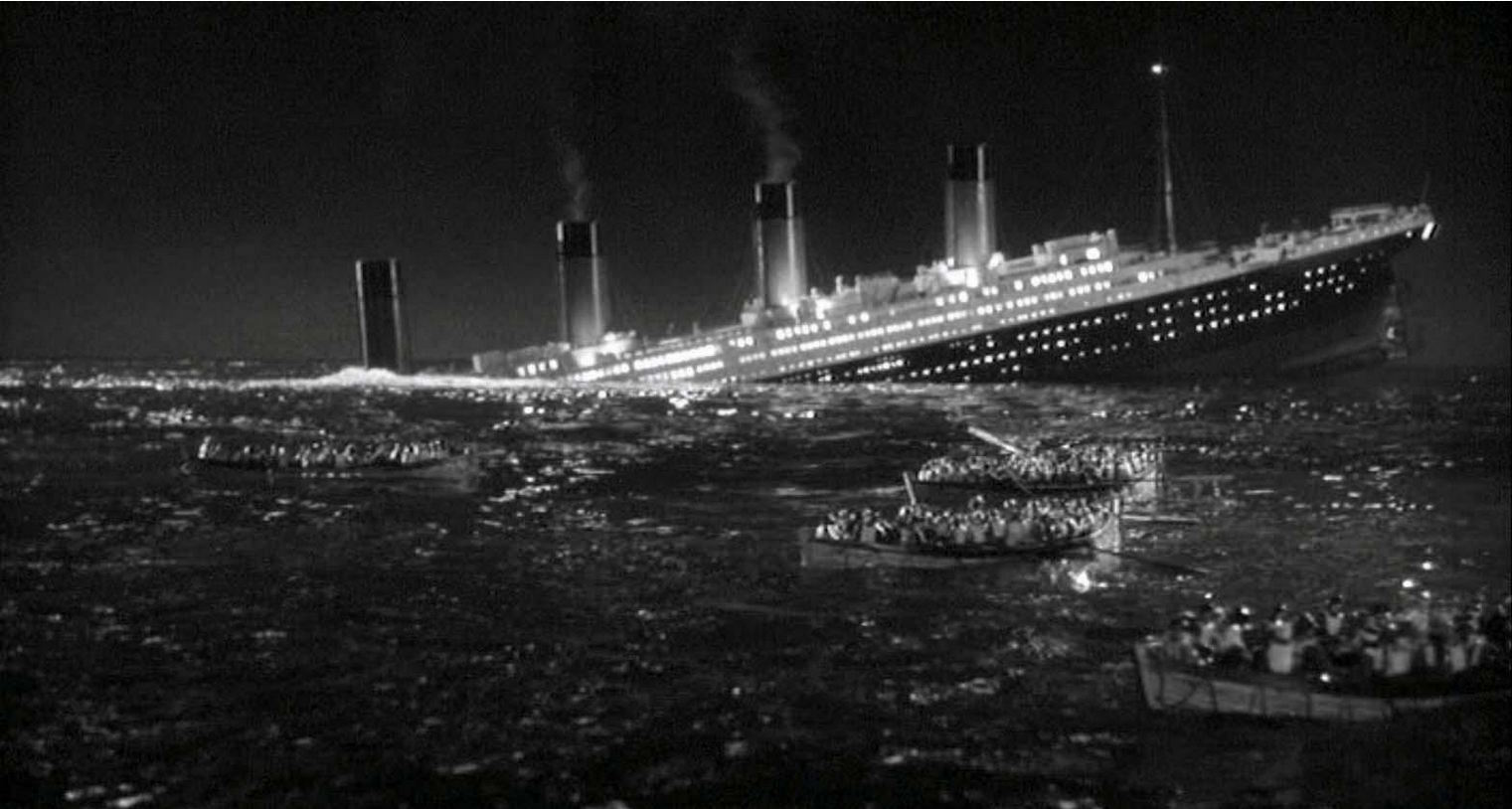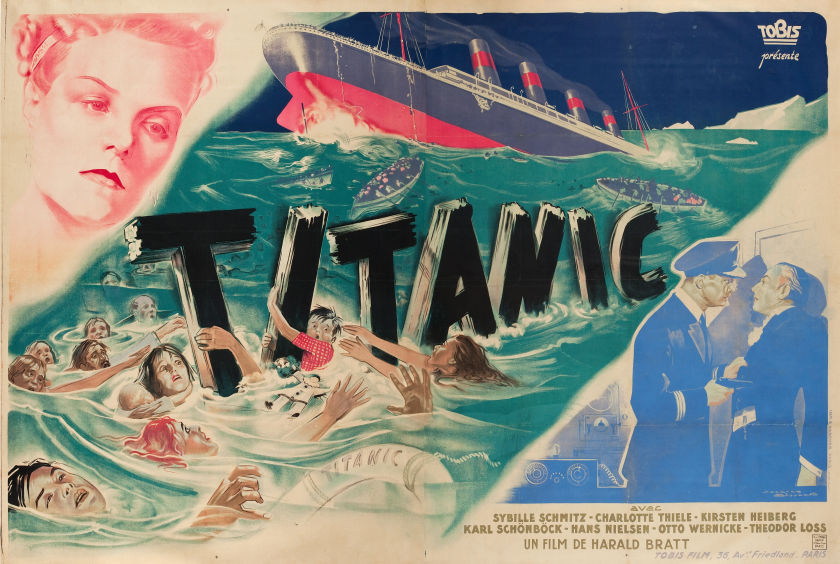1943 Version Says More About the Filmmakers Than the Disaster
DIRECTORS: WERNER KLINGER AND HERBERT SELPIN/GERMAN/1943
STREET DATE: OCTOBER 17, 2017/KINO LORBER STUDIO CLASSICS

Do I need to explain the events on the RMS Titanic in 1912? If “big boat hits an iceberg, sinks, and a bunch of people die” doesn’t jog your memory, I’m sure Wikipedia has a nice summary for you.
For the other 99% who covered it in history class, the 1943 German film Titanic covers all the plot points you’d expect. And if you’ve seen James Cameron’s 1997 blockbuster, it’s impossible not to compare the two. Between the almost-identical sets and a number of repeated moments (e.g. identifying the wealthiest passengers as they enter the room, using an emergency axe to free trapped 3rd Class travelers), the similarities are striking.
Then again, the German version makes the American one’s dialogue and message both seem subtle, which is maybe the first time that’s ever been said about a James Cameron film. Because of the much shorter run time and, frankly, the limitations of the time period, this Titanic lacks the scale and the details to feel as convincing. The film weaves in and out on too many characters to go into depth with any of them, almost like a disaster version of Valentine’s Day.

The hero of the film—the only one who recommends slowing the ship because he’s apparently the only one who knows anything about icebergs—is the German Officer Petersen (Hans Nielsen). He faces discrimination from the American and British leadership and the 1st Class travelers, and Captain Edward J. Smith (Otto Wernicke) and Chairman Sir Bruce Ismay (Ernst Fritz Fürbringer) ignore his pleas for a more cautious voyage. They’re concerned about making headlines with an early arrival, and Ismay connives with his friends to drive up the White Star Line stock prices. In the court’s inquiries after the sinking, Petersen’s testimony against Ismay is overruled.
Because of its realism in the last act, Germany didn’t let the film show until after the war was over, and modern audiences won’t lose the sensation even with the dated special effects.
As if the film’s politics weren’t already as obvious as the emergency flares the Titanic’s crew sent to the skies, the film ends with the title card, “The deaths of 1500 people remain unatoned for, an eternal condemnation of England’s quest for profit.” The accusation falls flatter when you remember the Germans were intentionally exterminating 6 million people at the time they made this movie.
Where this movie excels is in the disaster, and what a disaster it is. The film finds its energy in the scenes of the delayed alarm, hysterical terror, and despondent resignation our named and unnamed characters work through after the iceberg’s impact. Because of its realism in the last act, Germany didn’t let the film show until after the war was over, and modern audiences won’t lose the sensation even with the dated special effects.

Special Blu-ray features include commentary, a trailer, a 1912 newsreel about the sinking, and a White Star Line film about the Titanic’s sister ship, the Olympic.
The images in this review are not representative of the actual Blu-ray’s image quality and are included only to represent the film itself.


